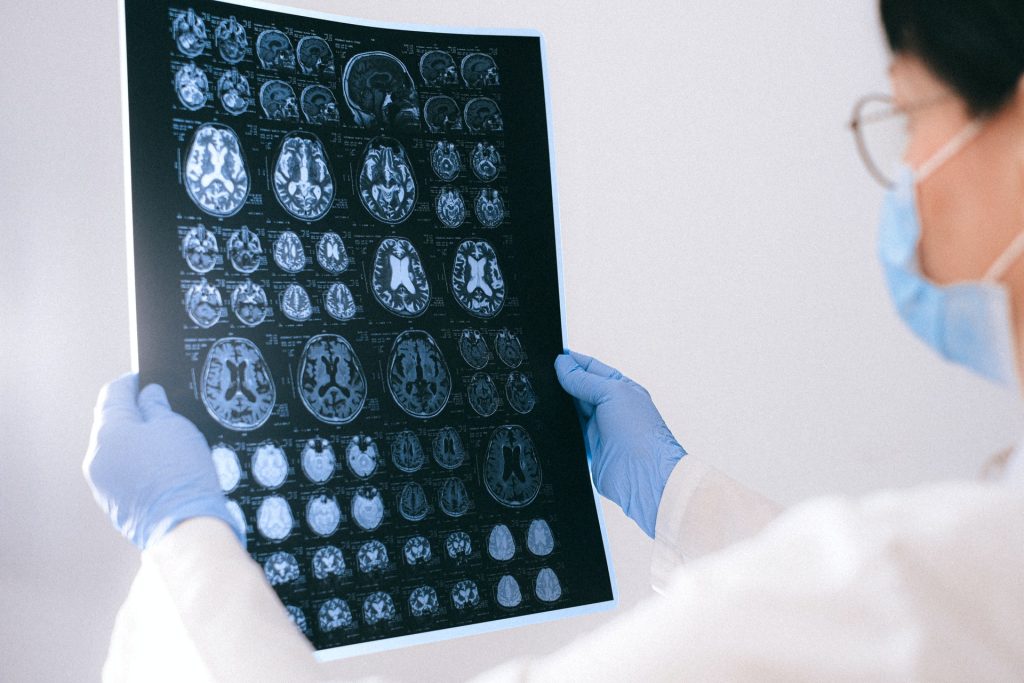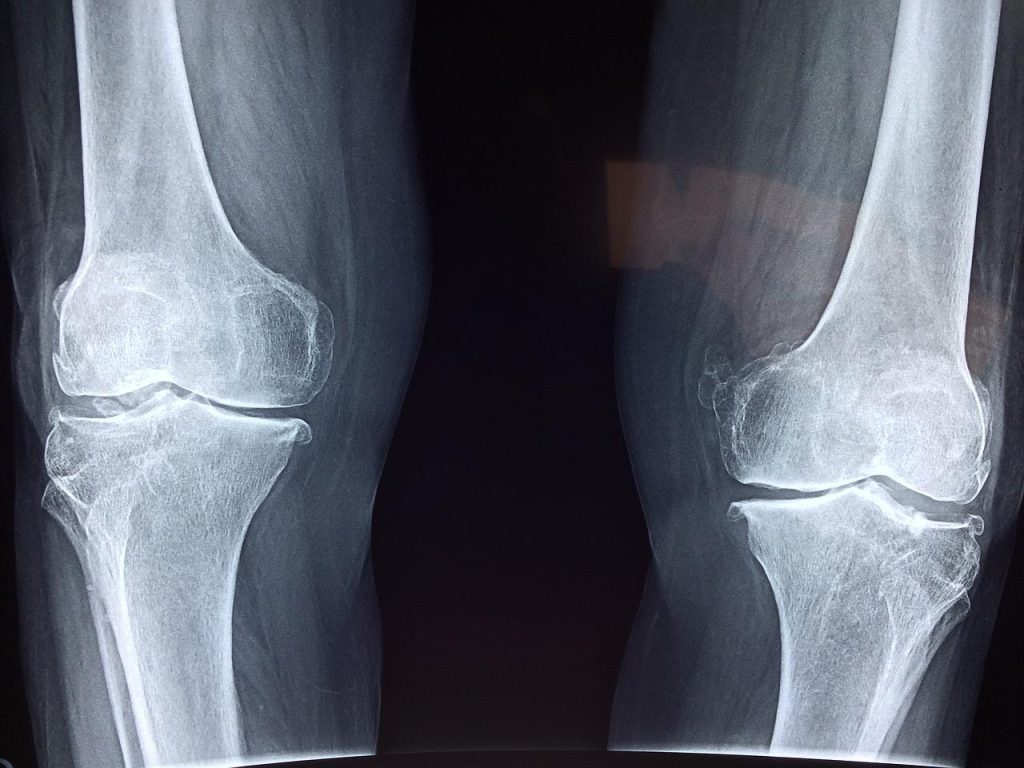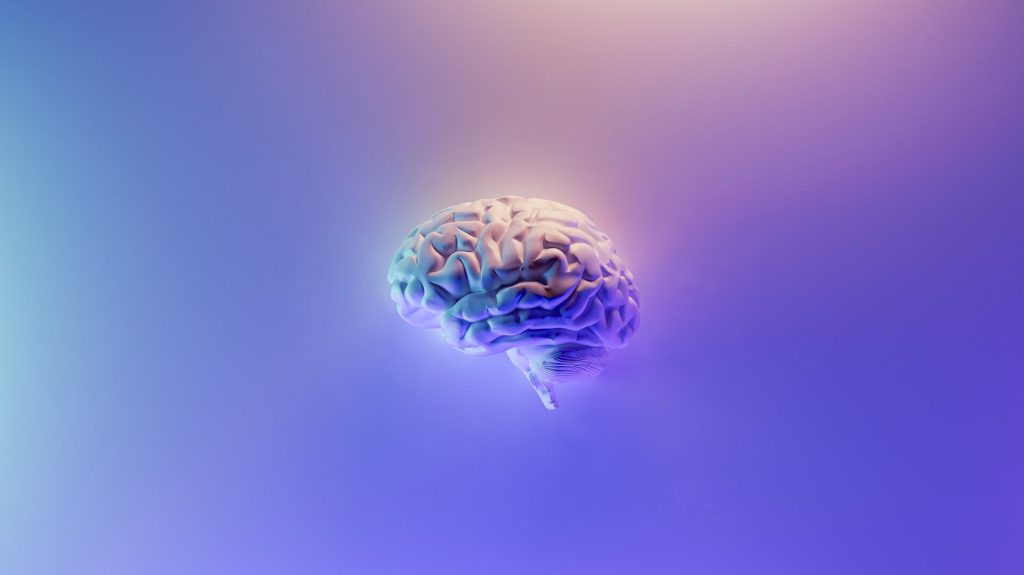Could a New Role for Propofol be Treating Epilepsy?

The general anaesthetic propofol may hold the keys to developing new treatment strategies for epilepsy and other neurological disorders, according to a study led by researchers at Weill Cornell Medicine and Linköping University in Sweden.
In their study, published in Nature, the researchers determined the high-resolution structural details of how propofol inhibits the activity of HCN1, an ion channel protein found on many types of neurons. Drug developers consider inhibiting HCN1 a promising strategy for treating neurologic disorders including epilepsy and chronic pain. The researchers also found, to their surprise, that when HCN1 contains either of two epilepsy-associated mutations, propofol binds to it in a way that restores its functionality.
“We might be able to exploit propofol’s unique way of binding to HCN1 for the treatment of these drug-resistant epilepsies and other HCN1-linked disorders, either by directly repurposing propofol or by designing new, more selective drugs that have the same mechanism of action,” said study co-senior author Dr Crina Nimigean, professor of physiology and biophysics in anaesthesiology at Weill Cornell Medicine.
The study’s first author was Dr Elizabeth Kim, a postdoctoral research associate in the Nimigean laboratory.
HCN ion channels in humans come in four basic forms, HCN1 to HCN4, and are found especially on cells in the heart and nervous system. They work as switches to control the electrical voltage across the cell membrane, opening to admit an inward flow of positively charged potassium and sodium ions – thus “depolarising” the cell – when the voltage reaches a certain threshold. This function underpins much of the rhythmic activity of brain and heart muscle cells, which is why HCN channels are also called pacemaker channels.
In the study, the researchers used cryo-electron microscopy and other methods to determine, at near-atomic scale, how propofol reduces HCN1 activity – which it does with selectivity for HCN1 over other HCNs. They found that the drug inhibits HCN1 by binding within a groove between two elements of the channel protein’s central pore structure, making it harder for the pore to open.
As they investigated propofol’s action on HCN1, the researchers examined how the drug affects different known mutants of the channel, including mutants that leave it excessively open and are associated with hard-to-treat epilepsy syndromes such as early infantile epileptic encephalopathy (EIEE). The researchers were surprised to find that for two different HCN1 mutations that cause EIEE, propofol restores the mutant channels to normal or near-normal function.
From their experiments, the researchers derived a model in which the mutations decouple HCN1’s voltage-sensing and pore mechanisms, while propofol effectively recouples them, allowing membrane voltage to control ion flow again.
The results suggest at least two possibilities for translation to therapies. One is simply to use propofol, an existing, approved drug, to treat these HCN1-mutation epilepsies and potentially other HCN1-linked disorders. Propofol is a potent anesthetic that requires careful monitoring by anaesthesiologists, but it might be able to restore HCN1 function at doses below those used for general anaesthesia.
The other possibility, the researchers said, is to use the new structural data on propofol’s binding to design modified, non-anesthetic versions of propofol, or even completely different compounds, that bind to HCN1 with a similar effect but much more selectively—in other words, without binding to other channels, including other HCNs, in the body and thereby potentially causing unwanted side effects.
“For that we will need a better understanding of how propofol inhibits HCN1 better than other HCN channels,” Dr Kim said.
Source: Weill Cornell Medicine







